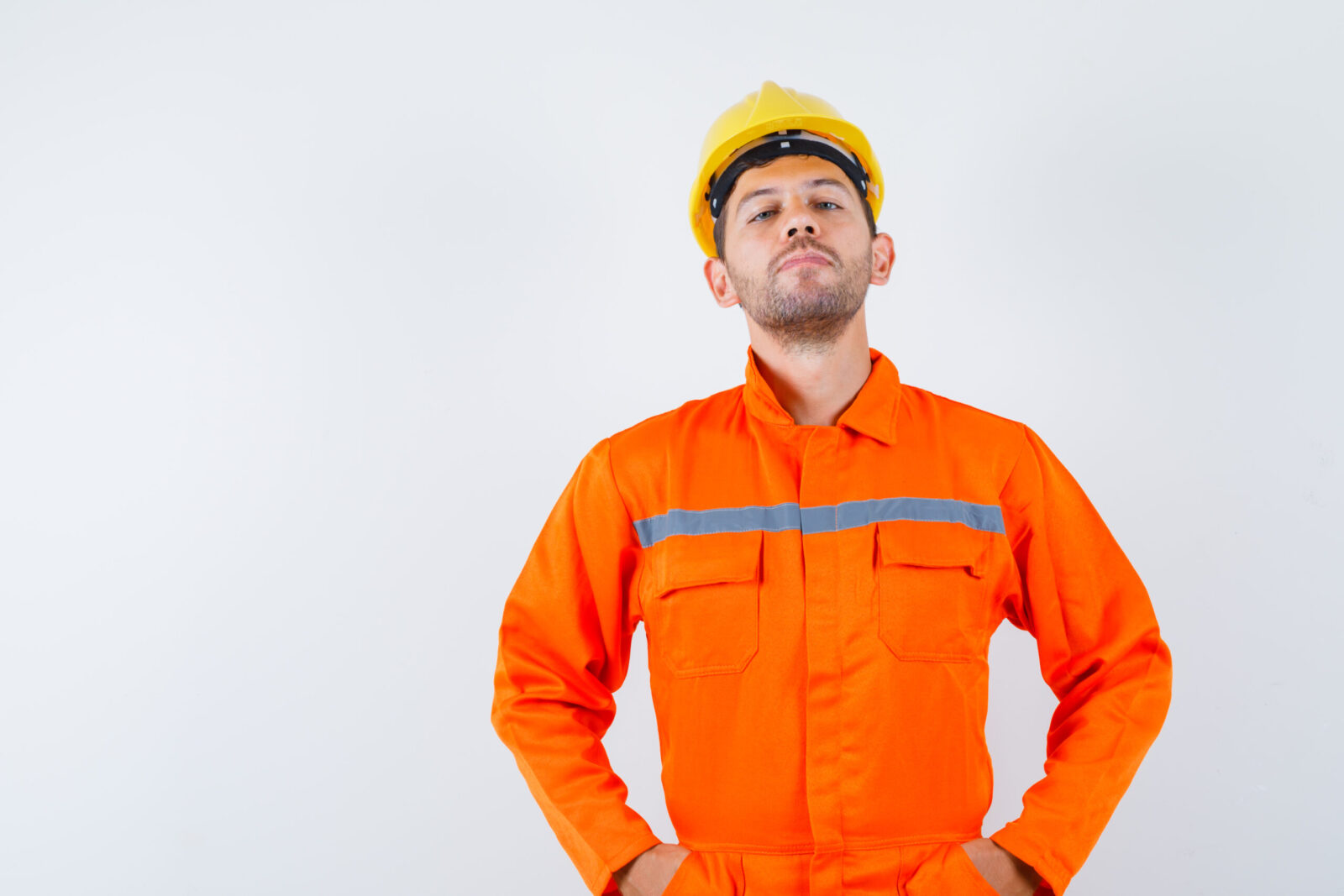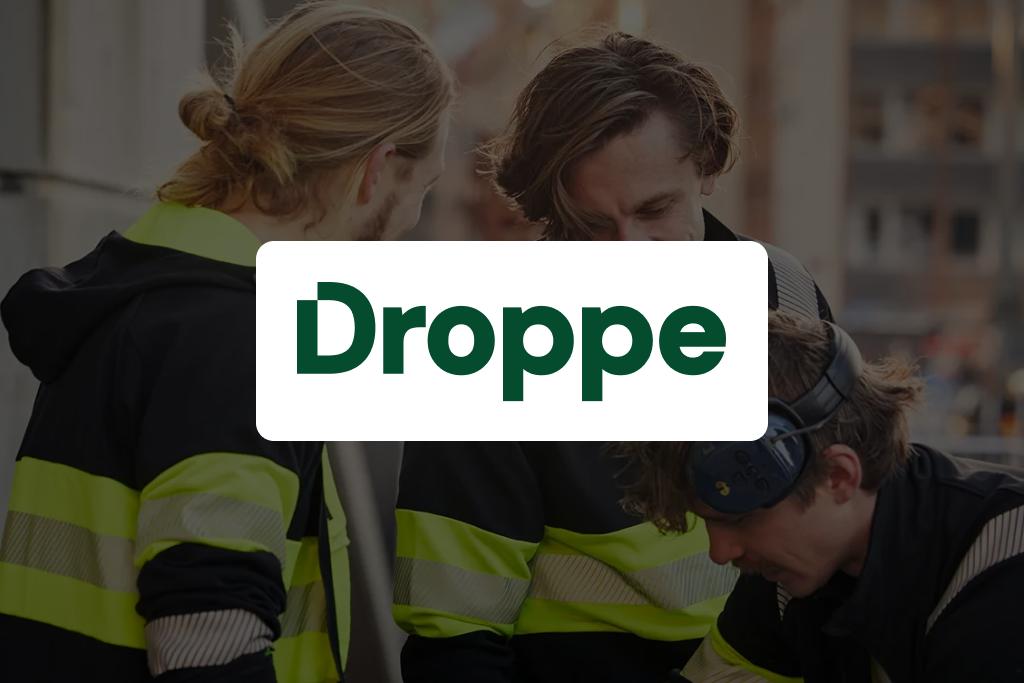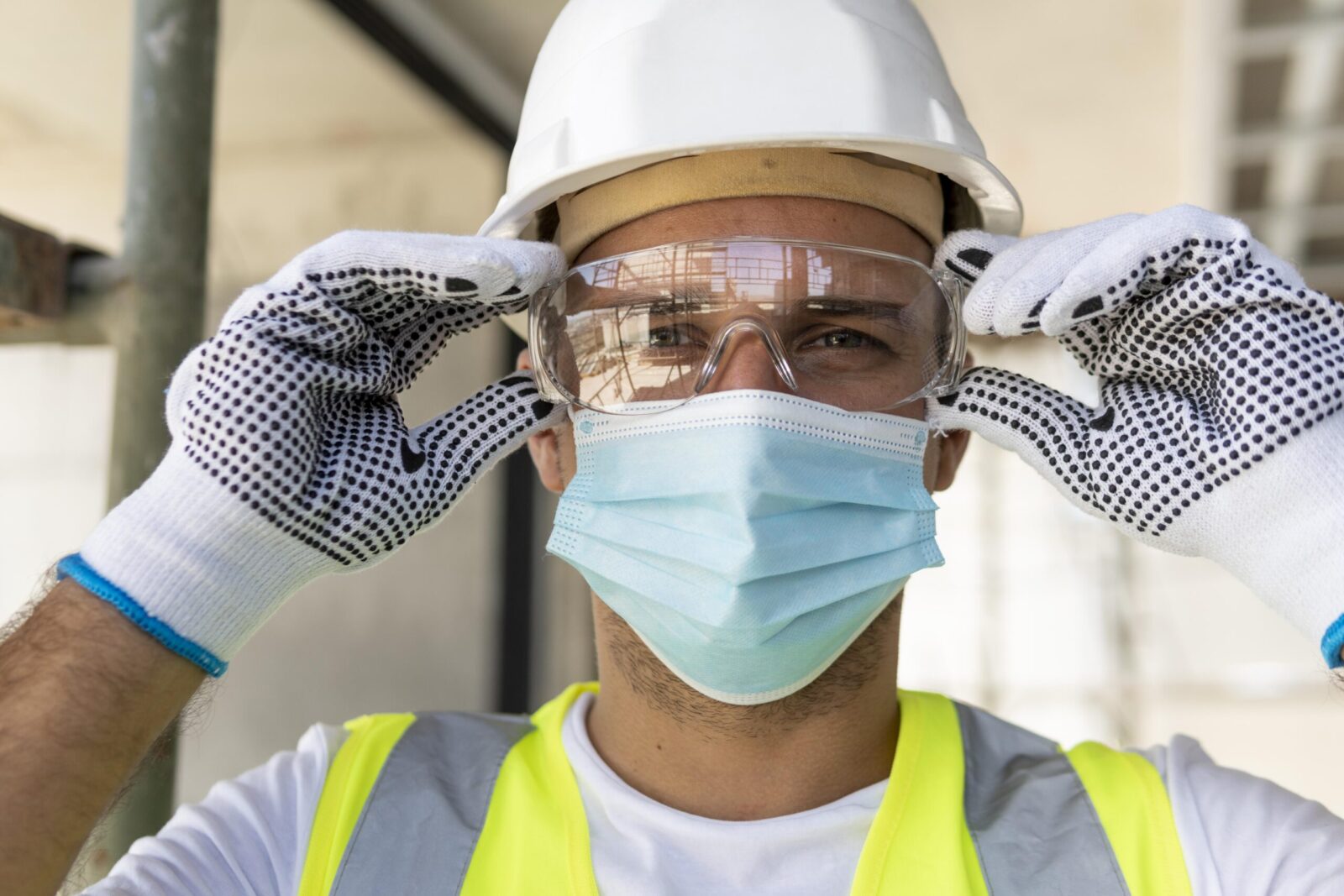
Essential PPE in the Food Industry: What You Need to Know
Overwhelmed by PPE options for food safety? Master your PPE selection for food workers safety with these practical tips.

Get 20€ off on your first order!
Choosing the right work jacket can feel overwhelming with so many options on the market. This guide is here to solve that problem by providing all the essential information you need to confidently select the perfect jacket for your job—whether you work in construction, manufacturing, or logistics. Drawing on industry expertise, we’ll walk you through materials, styles, and must-have features, ensuring you make the best choice. And when you’re ready to tackle the next step—like finding the right pants or safety shoes—we’ve got you covered there too.
When choosing a work jacket, keep these key features in mind:
| Material Type | Benefits | Best For |
| Cotton Blend | Comfort and breathability | Light tasks, indoor work |
| Polyester | Durability and water resistance | Outdoor tasks, harsh conditions |
| Insulated Fabrics | Warmth in cold weather | Winter environments |
| Fire-Retardant | Protection against fire-related hazards | Manufacturing, hazardous industries |
Check our Fire-Retardant Jackets for more specialized options.
A good work jacket should protect against wind, rain, and snow, ensuring you stay comfortable and safe no matter the weather conditions. Look for jackets with sealed seams, waterproof coatings, and breathable fabrics to provide optimal protection without compromising ventilation.
For winter-specific needs, check our Winter Work Jackets, which often include insulation, windproof membranes, and storm flaps for extra resilience in extreme climates.
For low-light environments, hi-vis jackets enhance visibility and safety, reducing the risk of accidents and ensuring compliance with workplace regulations. Choose jackets with reflective strips, bright fluorescent colors, and certified high-visibility standards like EN ISO 20471 for maximum effectiveness.
Learn more about Hi-Vis Jackets to find options tailored for your specific work environment, including features like water resistance and thermal lining for all-weather performance.

Proper fit and style enhance both functionality and comfort, directly impacting your productivity and safety on the job. Here’s how to determine what works best for your needs:
European sizing standards can vary between manufacturers. To ensure a perfect fit, measure yourself carefully and cross-check with brand-specific size charts. Trusted suppliers like Portwest and Helly Hansen provide detailed sizing resources to guide your choice. When in doubt, opt for adjustable designs or consult customer support for recommendations.
Different industries require tailored features in their work jackets. To ensure you get the best performance and safety benefits, here are key considerations for various sectors:
For construction work, prioritize durability to handle rough usage and weather resistance to stay protected in unpredictable outdoor conditions. Features like reinforced seams and waterproof materials are ideal. For further guidance, explore our detailed article on Work Jackets for Construction.
Manufacturing roles often involve exposure to hazards such as flames or chemicals. Look for fire-retardant fabrics and chemical-resistant materials to ensure safety while maintaining flexibility for tasks. For more insights, check out How to Choose the Right Work Jacket for Manufacturing.
In busy and often dimly lit environments, hi-vis jackets are a must for safety. Jackets with reflective strips and bright colors ensure visibility, reducing the risk of accidents. Explore our collection of Hi-Vis Jackets for optimal options.
For additional industries such as agriculture or logistics, consider specialized options tailored to specific environmental challenges. Droppe’s extensive catalog has you covered.
Depending on your climate and work conditions, you may need insulated or non-insulated options:
| Feature | Insulated Jackets | Non-Insulated Jackets |
| Warmth | Best for cold climates | Suitable for mild weather |
| Weight | Heavier, may restrict movement | Lightweight, ideal for active tasks |
| Example Products | Explore Winter Work Jackets | Standard Work Jackets |
For a deeper dive, read our guide on Insulated vs. Non-Insulated Work Jackets.
Proper maintenance extends the lifespan of your jacket:
Here are some trusted suppliers offering high-quality work jackets:
Visit their catalogs to browse their full range of work outerwear.
Looking for more workwear recommendations? Check out these guides:
Selecting the right work jacket involves considering materials, fit, features, and industry requirements. At Droppe, we’re here to support you every step of the way, offering a curated selection of top-quality jackets tailored to your needs. Whether you’re looking for durability in harsh conditions, enhanced visibility, or superior comfort, you’ll find the perfect solution in our Work Jackets category.
Have questions or need help choosing? Our team is always ready to assist, ensuring you feel confident in every purchase. And when you’re ready for the next step—be it finding the right safety shoes or work pants—we’ll have the resources and recommendations ready for you.
– The Droppe Team
Waterproof jackets are designed to completely block water penetration, making them ideal for heavy rain or wet conditions. Water-resistant jackets, on the other hand, provide light protection against moisture but may not withstand prolonged exposure to rain. Consider the typical weather conditions of your work environment when deciding.
Yes, many manufacturers and suppliers offer customization options for work jackets. This often includes embroidery or screen printing of company logos. Check with your supplier to see if they provide this service.
For extreme cold, prioritize insulated jackets with high thermal ratings, windproof materials, and adjustable hoods. Look for features like fleece linings, elastic cuffs, and drawstring waists to seal in warmth.
Yes, for warmer climates or summer conditions, opt for lightweight, breathable jackets made from cotton blends or polyester. Consider options with vented panels to enhance airflow and ensure comfort during active tasks.
Safety jackets may need certifications depending on your industry. For example, look for EN ISO 20471 for high-visibility clothing or EN 343 for waterproofness and breathability. Check your workplace regulations to identify required standards. Learn more about EN Standards from this guide in Wikipedia.
Thank you! You've signed up for our newsletter.



















Overwhelmed by PPE options for food safety? Master your PPE selection for food workers safety with these practical tips.

Struggling to maintain clear vision in demanding environments? This guide is here to help. By the end, you’ll know exactly...

Electricians across Europe face unique challenges that require reliable safety glasses to ensure both protection and efficiency. Whether safeguarding against...

Overwhelmed by PPE options for food safety? Master your PPE selection for food workers safety with these practical tips.

Struggling to maintain clear vision in demanding environments? This guide is here to help. By the end, you’ll know exactly...

Electricians across Europe face unique challenges that require reliable safety glasses to ensure both protection and efficiency. Whether safeguarding against...
Get 20€ off on your first order!
Save 30% by buying directly from brands, and get an extra 10€ off orders over €100
Save 30% by buying directly form brands, and get an extra 10€ off orders over €100